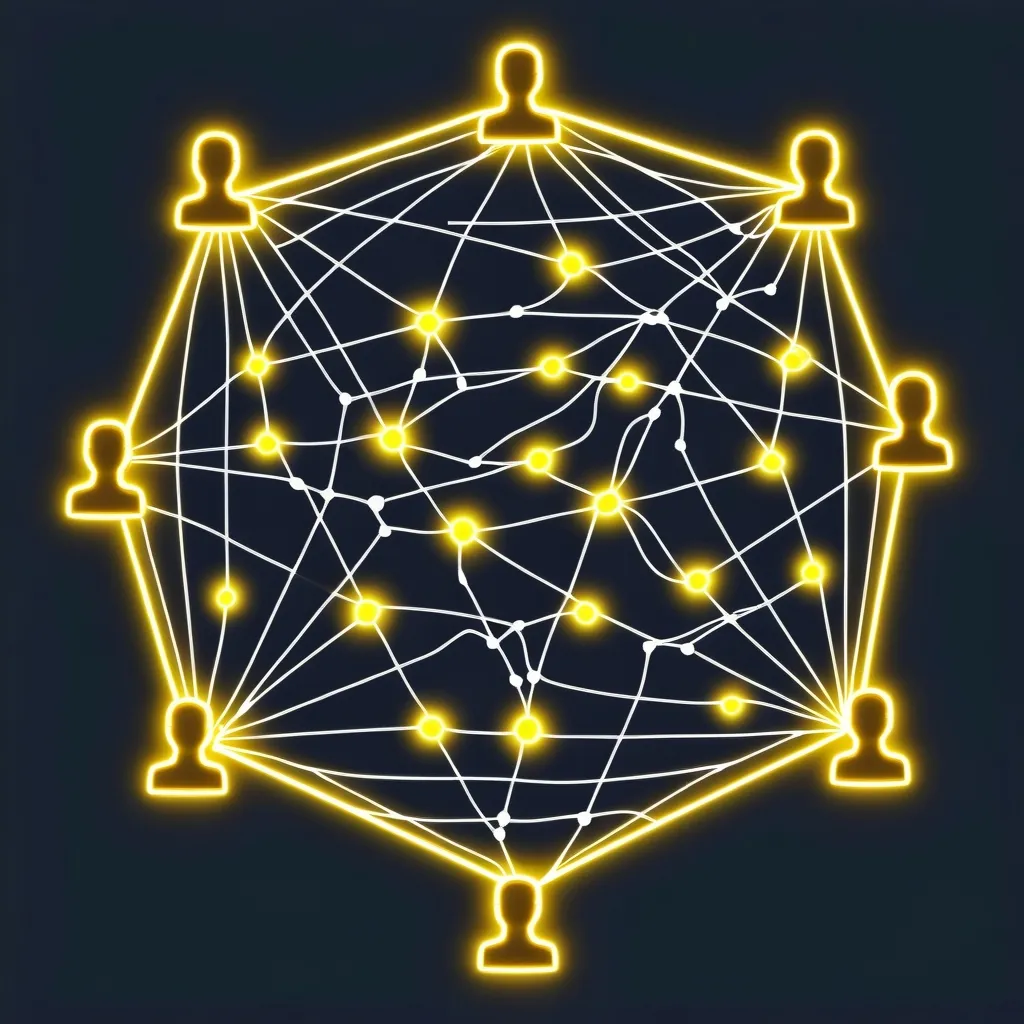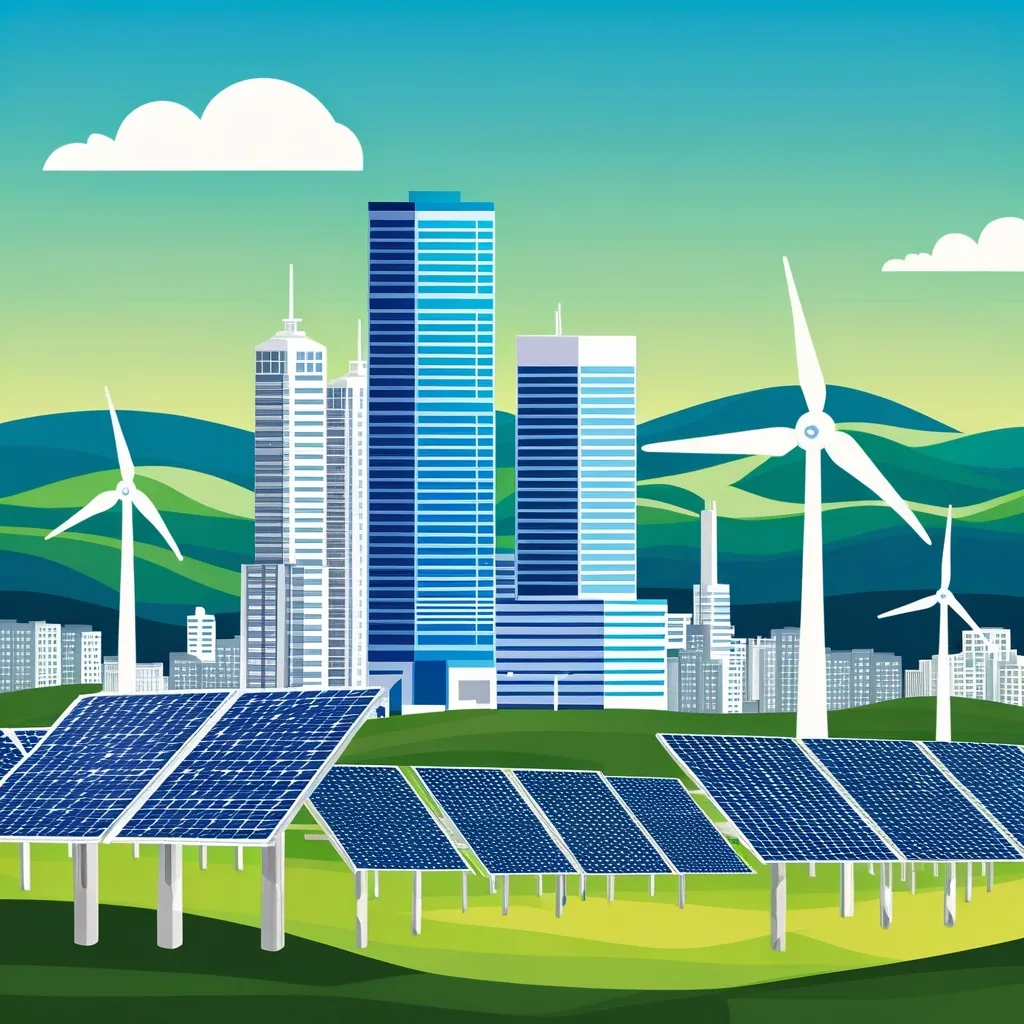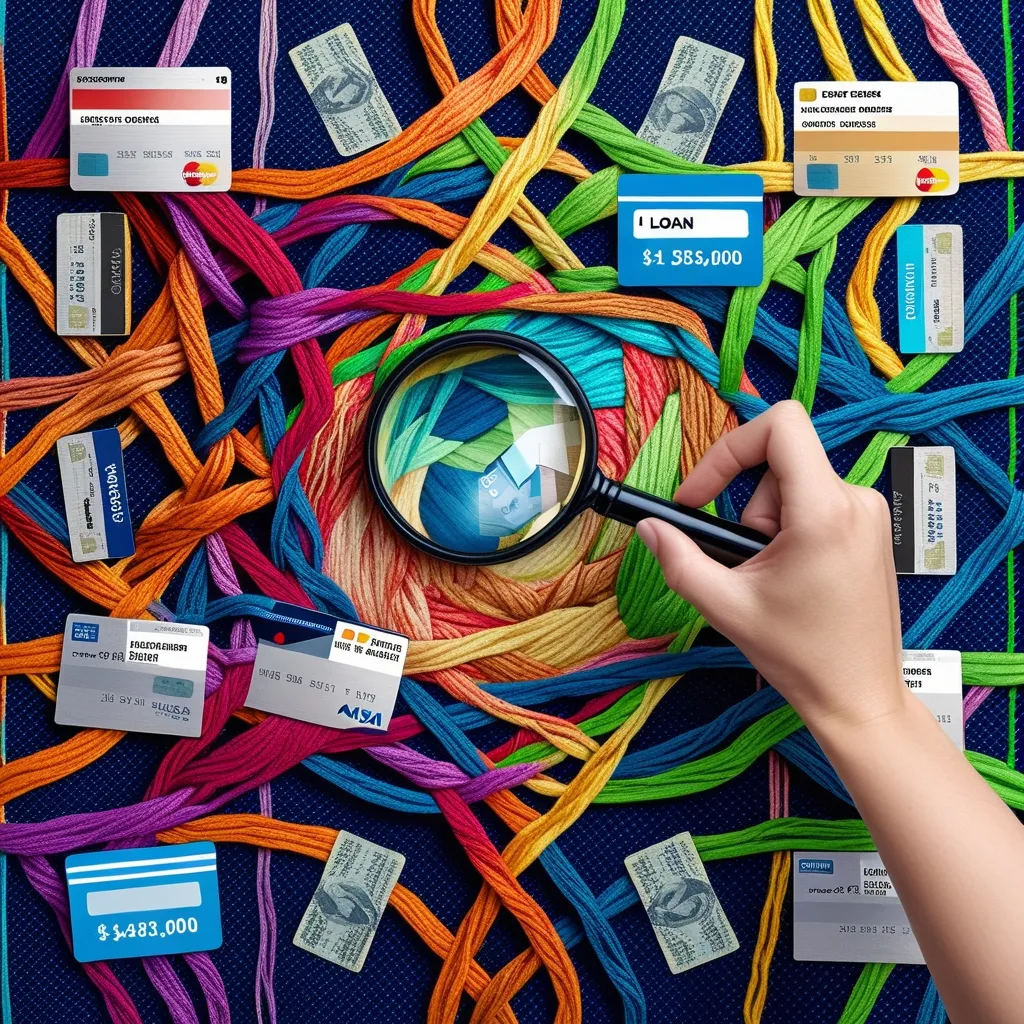Peer-to-Peer Lending: Revolutionizing the Future of Borrowing
Money makes the world go round, but what if we could change how that money flows? Enter peer-to-peer (P2P) lending, a game-changer in the world of personal finance. It’s like the cool new kid on the block, shaking things up and making everyone rethink how borrowing and lending work.
Remember the last time you needed a loan? The stuffy bank office, the stern-faced loan officer, and the mountain of paperwork? Well, P2P lending is here to flip that script. It’s like a financial matchmaking service, connecting people who need money with those who have some to spare. No banks, no fuss, just people helping people.
So, how did this financial rebel come to be? It all started after the 2008 financial crisis. You know, that time when the economy went belly-up, and everyone was scrambling for solutions. People were looking for new ways to get loans, and investors were hunting for better returns. P2P lending swooped in like a superhero, offering a solution to both problems.
Now, let’s break it down. Imagine you need some cash for a home renovation or to consolidate your debts. Instead of putting on your Sunday best and heading to the bank, you hop online to a P2P platform. You create a profile, explain why you need the money, and voila! Your loan request is out there for potential lenders to see.
On the other side, we’ve got people with some extra cash burning a hole in their pockets. They browse through these loan requests like they’re shopping on Amazon. “Hmm, this person needs money for their wedding. That sounds nice. I’ll lend them some cash.” It’s that simple.
But wait, there’s more! The P2P platform isn’t just sitting back and watching. They’re working behind the scenes, checking credit scores, assessing risks, and setting interest rates. They’re like the referees in this financial game, making sure everything’s fair and square.
Now, you might be thinking, “This sounds too good to be true. What’s the catch?” Well, like your mom always said, nothing in life is perfect. P2P lending does have its risks. For borrowers, the interest rates can sometimes be higher than traditional loans, especially if your credit score isn’t stellar. And for lenders, there’s always the risk that the borrower might not pay back the loan.
But here’s the thing - P2P lending is all about choices. As a borrower, you might find more flexible terms or approval where traditional banks said no. And as an investor, you can spread your money across multiple loans, minimizing the impact if one borrower defaults.
Let’s talk tech for a second. P2P lending isn’t just riding the digital wave; it’s surfing it like a pro. We’re talking AI-driven credit scoring that makes traditional methods look like ancient history. And blockchain? It’s making transactions more transparent and secure than ever before.
But P2P lending isn’t just about personal loans anymore. It’s branching out, getting its fingers in all sorts of financial pies. Business loans, student loans, even mortgages - P2P lending is shaking things up across the board.
Speaking of mortgages, let’s chat about how P2P lending is changing the game for homeownership. Buying a house used to be a nightmare of paperwork and rejections. But P2P platforms are offering a new path, especially for folks who might not tick all the boxes for traditional mortgages. It’s like they’re saying, “Hey, your dream home doesn’t have to stay a dream.”
Now, I know what you’re thinking. “This all sounds great, but is it really the future of borrowing?” Well, let me put it this way - remember when we all thought Netflix was just a cute little DVD rental service? Look at it now. P2P lending is on a similar trajectory.
As technology keeps advancing and regulations evolve, P2P lending is only going to get bigger and better. We’re talking even smoother processes, smarter risk management, and more people getting access to the credit they need.
For borrowers, this means saying goodbye to the days of begging banks for loans. It’s about having options, finding better rates, and getting money when you need it. No more putting your life on hold because a bank said no.
And for investors? It’s like being able to play banker without needing a fancy suit or a corner office. You can build a diverse portfolio, potentially earn some sweet returns, and hey, you might even feel good about helping someone achieve their goals.
But let’s keep it real for a second. P2P lending isn’t going to solve all the world’s financial problems overnight. It’s not a magic wand that’ll make debt disappear or turn everyone into millionaires. What it is, though, is a step towards a more inclusive, flexible financial system.
Think about it. In a world where big banks often seem more interested in their bottom line than in helping people, P2P lending is putting the power back in our hands. It’s democratizing access to credit, giving people more control over their financial destinies.
And let’s not forget the community aspect. There’s something kind of cool about knowing your loan is coming from real people, not some faceless corporation. It’s like the financial version of farm-to-table - let’s call it peer-to-peer.
Now, if you’re sitting there thinking, “This sounds interesting, but is it right for me?” Well, that depends. Are you tired of jumping through hoops for loans? Do you want more control over your investments? Are you open to trying something new? If you’re nodding your head, then yeah, P2P lending might be worth a shot.
But here’s the deal - don’t just dive in headfirst. Do your homework. Read up on different platforms, understand the risks, and maybe start small. Whether you’re looking to borrow or invest, P2P lending is a tool, and like any tool, it works best when you know how to use it.
As we wrap this up, let’s zoom out for a second. P2P lending isn’t just changing how we borrow and lend money. It’s changing how we think about money itself. It’s challenging the idea that only big institutions can be trusted with our finances. It’s showing us that when people come together, we can create our own solutions.
So, is P2P lending the future of borrowing? Well, the future is never certain. But one thing’s for sure - P2P lending is here to stay, and it’s shaking things up in a big way. Whether you’re looking to fund your next big project or grow your wealth, it’s definitely worth keeping an eye on this financial rebel.
In the end, money might make the world go round, but P2P lending? It’s changing the direction. And who knows? It might just lead us to a fairer, more accessible financial future for everyone. Now that’s something worth getting excited about.






